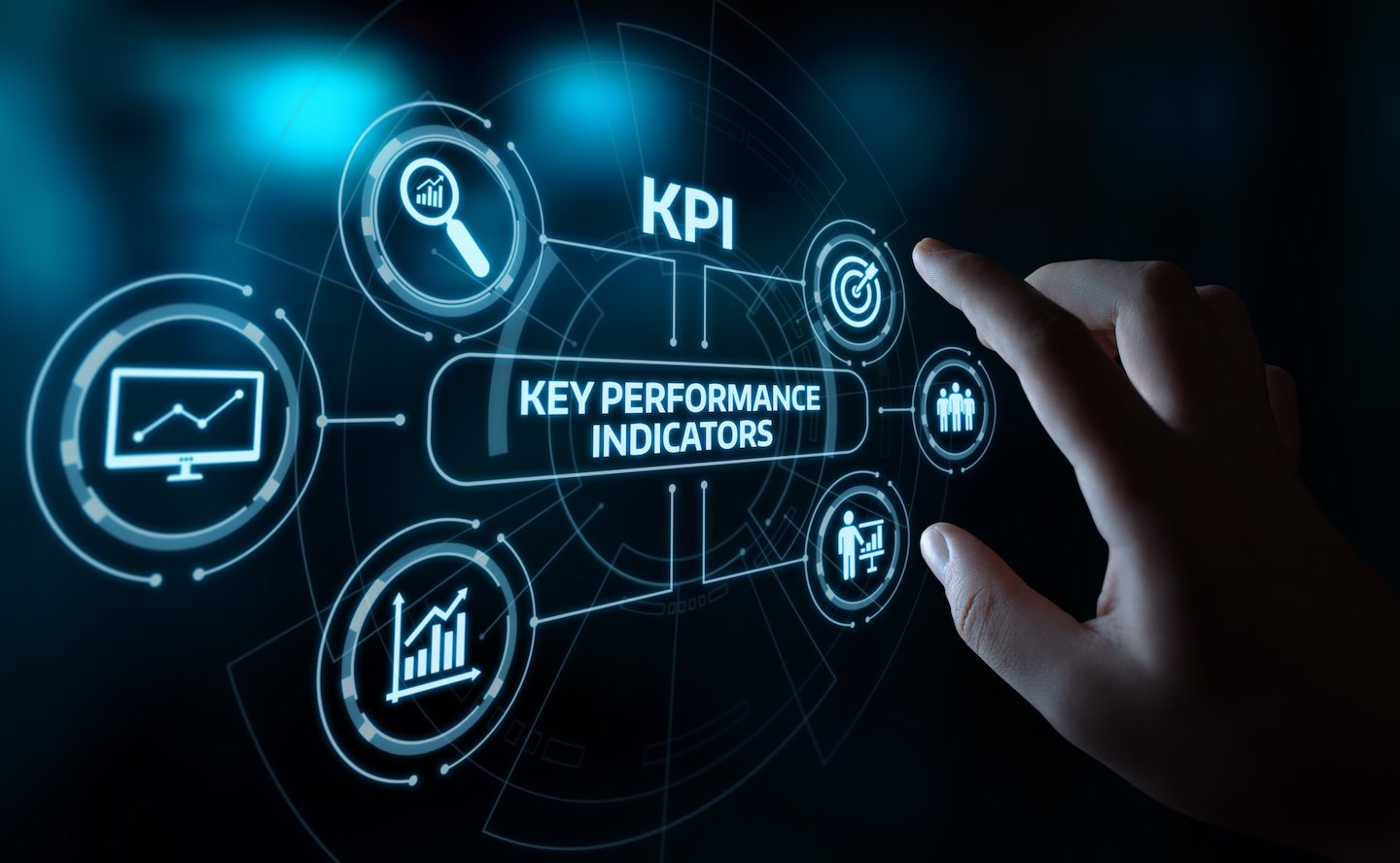
Blog
In procurement what gets measured gets done
By Simon Brown |
“What gets measured gets done, what gets measured and fed back gets done well, what gets rewarded gets repeated.”
The source for this quotation is open to debate, but the principle is that people will do things that they are measured on and will work even harder to deliver on them if they are rewarded accordingly. To make this happen, you need to understand your organisation’s goals and then build your own team’s KPI measures to deliver against them. Once you have created your high-level KPIs, then these can be underpinned by more specific performance-based metrics.
When considering this from a Procurement perspective, there are a few fundamental considerations that should inform how you go about developing a suitable selection of Procurement KPI metrics. These include:
1. Organisations with joint procurement objectives and accountability typically have much better cross-functional working, deliver better financial results and are more satisfied with their metrics.
2. Procurement needs to position its metrics to appeal to the business unit or customer and explain how they are helping them, e.g., reducing our supply market risk by finding new suppliers etc.
3. Procurement metrics should also be created in a cross-functional way based on objectives and key requirements of the relevant stakeholder group within the business. They should reflect the needs of their stakeholders, e.g. cost reduction, increased sales, products delivered faster to market, speed to get a new business acquisition up and running etc.
Typical Procurement metrics
There are various high-level procurement KPIs that organisations typically use to measure procurement performance, such as:
• % price or cost savings
• % of spend competitively bid each year
• number of eAuctions run per annum
• number of eAuctions run per annum
• % of spend covered by POs etc
• average cycle time of requisition to order
• % on-time deliveries
• % of spend with ‘sustainable’ suppliers
Risk metrics
Risk is arguably one of the most critical aspects that Procurement teams have to manage, and yet it is one of the more complex things to measure. This is because you often cannot measure it until a breach or disaster occurs. Even here, there are still some risk metrics that are worthy of consideration, such as:
• % of spend with alternative sources of supply
• % of suppliers with a good financial audit
Category management metrics
When measuring the contribution of Procurement beyond savings, we need to establish the key metrics for our strategic procurement activity, such as category management. There are many different metrics, and below is a summary of the key ones:
Spend
• spend per category manager
• % spend covered by approved category strategy
• % spend re-sourced to new suppliers
Savings
• cost reduction per category spend per category manager
• total Procurement ROI – total benefits delivered / cost of Procurement Dept
• cashflow contribution – reduced inventory or improved payment terms
Suppliers
• spend with single-source suppliers
• no. of suppliers per category
• no of new suppliers per category per annum
Strategies
• no. of category strategies completed in 12 months
• no of value levers identified per strategy – before & after
• no. of strategies that have joint accountability for delivery
The above list of metrics are examples, and there are many more that can be considered. The main point is that once you identify your critical KPIs and start to measure them, they are visible to the team, which should drive the right behaviours and focus of attention.
How to assure savings delivery
In the present economic climate, organisations focus on their ability to drive savings from their spend and supply base. Hence building and implementing a full pipeline of category projects is essential to ensuring a solid financial delivery.
How do we best ensure that this pipeline of projects delivers against their objectives in a timely fashion? Here are the most important factors:
1. Wave Planning: Set up a spreadsheet covering all category projects you are working on with the key information such as annual spend, savings targets, sponsor, category lead, time to complete etc. This approach helps to measure and communicate progress made in each project.
2. Governance: Set up a formalised governance process to review the category projects against key milestones and decision gates. This process should include senior business stakeholders, sponsors and Procurement to ensure a cross-functional approach is adopted.
3. Reporting: Agree on a consistent approach to reporting the progress of the projects – this must include an agreed way of measuring savings or value add that the Finance team validates.
4. A baseline for each project should be agreed from which savings can be calculated and reported. Savings must be agreed and signed off by the project sponsor and finance and reflected in business budgets.
5. Project Reviews: The review meetings provide an opportunity for each category project team to present its progress to date against the agreed milestones. The steering team provides constructive feedback, challenges the teams, and offers advice and information to enable the team to move forward positively to the next stage of the project. They should also have the authority to close down projects that are not delivering against the objectives.
6. Project Closure: The team should Review projects at their conclusion by having a short project review & closure meeting to reflect on the learnings from the project and celebrate success.
In summary, identifying and measuring the most suitable KPIs for your Procurement operation is a critical aspect of driving a change in approach and behaviour and getting things done. Make them logical, transparently linked to your organisation’s success, simple to measure and easy to understand, and you won’t go far wrong.
Further reading
Blog post: Benchmarking your category management performance

About Simon Brown
Director
30 years procurement experience in line management and
consulting roles.
Previous employment: British Aerospace, British Airways, QP Group
Education: MBA, London Business School. BA (Hons) Business Studies.
CIPS: member




